Many people now strive to grow unusual plants on their windowsills. However, in pursuit of exoticism, one should not forget that some of their varieties are poisonous and extremely dangerous. In addition, there are a number of plants that exude an extremely unpleasant odor, so it is best that they not grow in an apartment, but in a botanical garden, where you can safely admire them.
Bleeding tooth
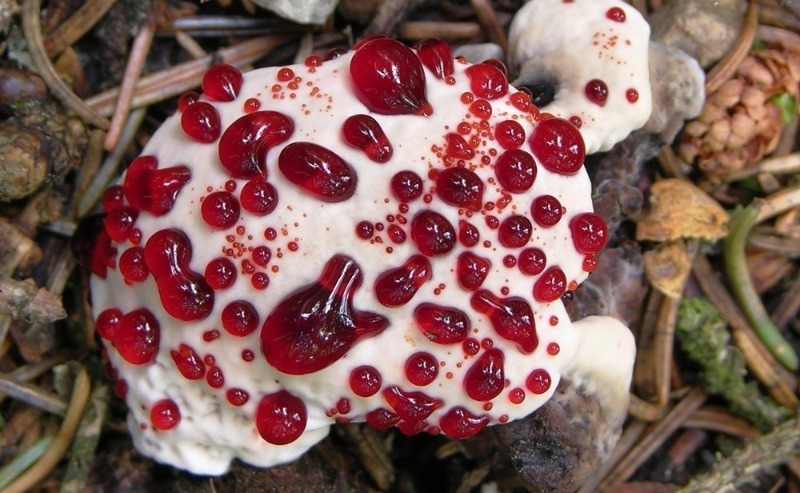
Ginellum pitch is a unique mushroom, which is popularly called a bleeding tooth. As it grows, small droplets of bright red color appear on its surface. Because of this, the holes on his cap resemble wounds on the gums that appear after tooth extraction. A young mushroom has a white cap, so the juice is especially noticeable on it.
As it ages, it takes on a reddish tint. This mushroom is very rare. It is found most often in the coniferous forests of Australia, North America and Central Europe. Both the pulp of the mushroom and the juice accumulating in the pores on the cap are extremely poisonous. It is not recommended to try to grow this species in an apartment or in a country house. This can cause severe poisoning.
Nepentes

Nepentes is one of the most attractive plants for flower growers, however, it is extremely difficult to create the necessary conditions for him in an apartment. The thing is that this species is predatory. It receives nutrients from insects, digested in a special digestive enzyme that accumulates inside the cavity. This plant has only one trapping leaf, twisted in the shape of a jug. On top of it there is a build-up lid that protects the jug from debris.
The edges of the nepentes exude slippery nectar. Insects come to feast on them and fall inside the jug. The root system of this species is poorly developed, and with its help the plant cannot receive a sufficient amount of nutrients. Thus, even when trying to grow it at home, you will need to feed the nepentes with insects, which is not always convenient. In addition, contact with the skin of the digestive enzyme contained inside the pitcher of this carnivorous plant can provoke an allergic reaction.
Brain cactus
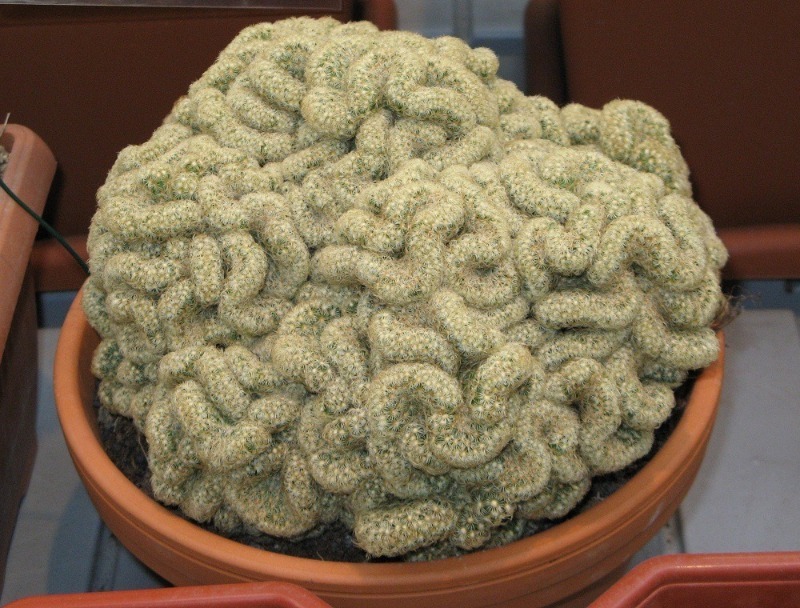
Brain cactus is an extremely unusual subspecies of mammillaria. It has a sinuous structure, so it looks like a green human brain, studded with many needles. The appearance of this plant seems unsightly to many people, so not everyone will like it. This type of cactus is quite rare.
Brain cactus, apart from its unusual appearance, is unremarkable. Its needles are not poisoned and it does not release toxic substances into the air. However, the external resemblance to the human brain makes it suitable only for people with a stable psyche.
Porcupinsky tomato
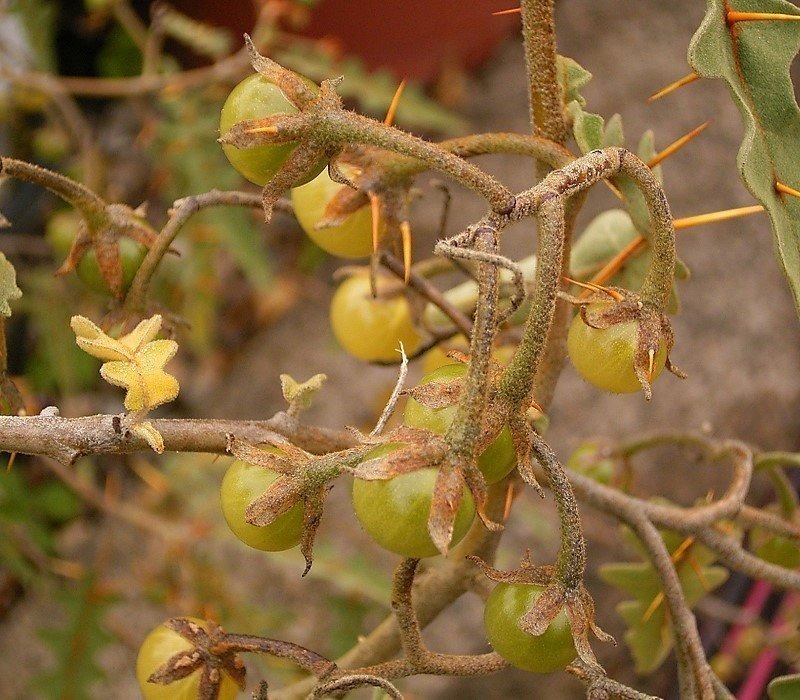
Porcupine tomato belongs to the nightshade family, therefore it is a close relative of potatoes and tomatoes. However, this plant is not recommended to grow at home as it is a poisonous weed. In nature, Porcupine tomato grows in the form of a shrub, reaching 1-2 m in height. The danger of this plant cannot be underestimated.
Both the trunk and leaves of this plant are covered with sharp thorns, which contain a toxic poison that has a nerve effect. The fruits of this plant, which outwardly resemble small tomatoes, are also dangerous. They attract birds and animals, which often die after eating them.
Doll eyes

Doll eyes are popularly known as "wolfberry". Close up, the fruits of this plant resemble eyeballs strung on a stem.
It is not recommended to grow it on your personal plot. The mature fruits of this shrub contain toxic substances. They are not fatal to an adult, but they can cause severe abdominal pain and vomiting. In children, eating the fruits of this plant can have more serious consequences.
Chinese mouse
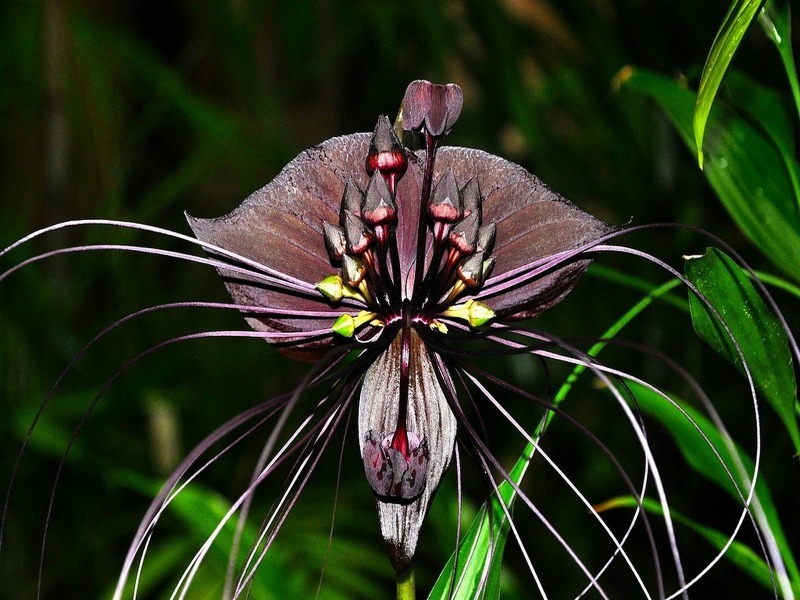
The Chinese mouse flower is extremely rare in nature. It is found only in limited areas of Southeast Asia. This plant has extremely unusual flowers. They resemble a toothed monster with a long beard. On close inspection, the buds look like bats sleeping upside down. This plant is listed in the Red Book. It is impossible to grow it in an apartment, since it is difficult to create the conditions it needs.
Amorphophallus titanic
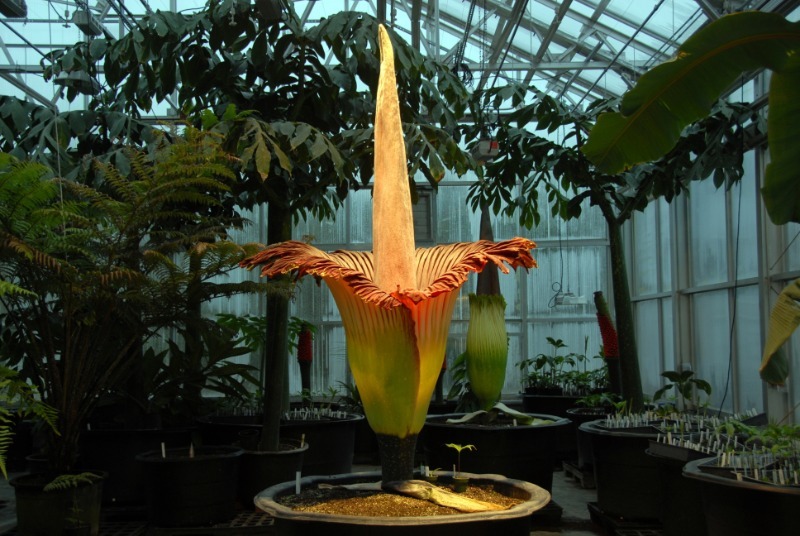
Amorphophallus titanic dream of growing in their greenhouses, many growers. This plant produces one of the largest inflorescences. Its height reaches 2.5 m. At the same time, from 1 to 5 tubers are formed underground, the weight of which can reach 50 kg. In the people, this plant is called the cadaveric flower. After opening, it begins to exude the strongest cadaverous smell to attract pollinators.
Annatto

Annatto grows in the form of a shrub or small tree. It is found mainly in the tropical forests of America.
In the food industry, the seeds of this plant are used to obtain a natural dye. However, annatto has one peculiarity. After ripening, the fruit dries up, bursts and outwardly begins to resemble a terrible toothed mouth with many growths inside.
Lotus
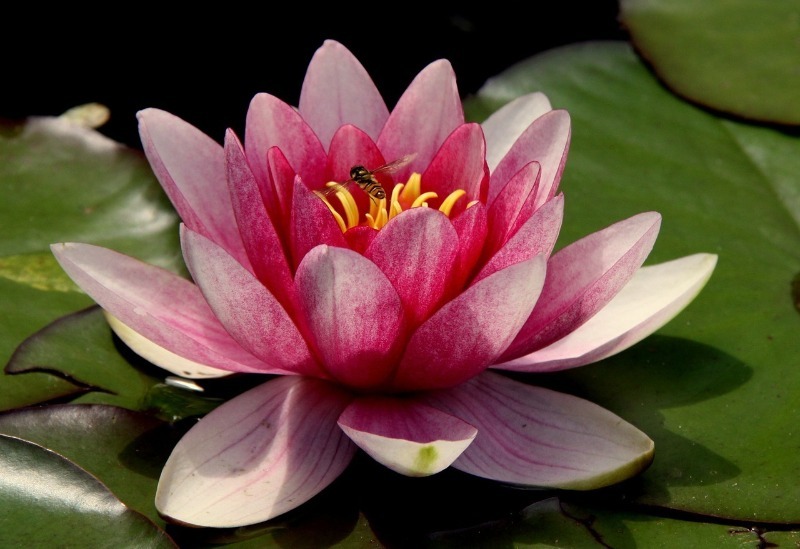
Lotus flowers attract attention with their delicate beauty, so many people try to grow this plant in their home pond. However, after pollination, the petals fall off and an extremely unsightly seed pod forms. She resembles a green multi-eyed creature. As the seeds dry out, they decrease in size. In addition, the capsule dries out. Thus, ripe seeds can easily be sown and fall to the bottom of the reservoir.
Dracula's Orchid
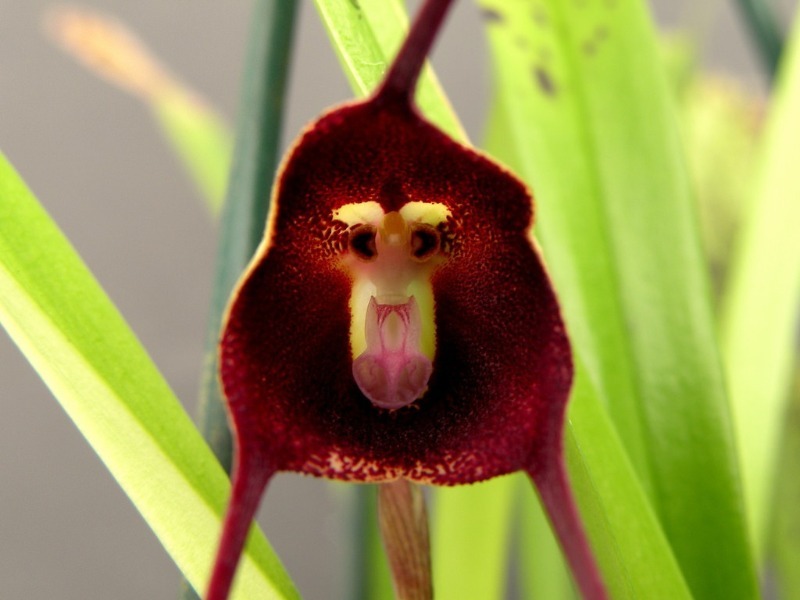
The Dracula orchid got its name due to the fact that it does not tolerate exposure to direct sunlight. She needs a shade for normal growth. During the flowering period, the orchid produces large flowers, shaped like a monkey's face. This species is rare. It requires special conditions, so it is problematic to grow it at home.
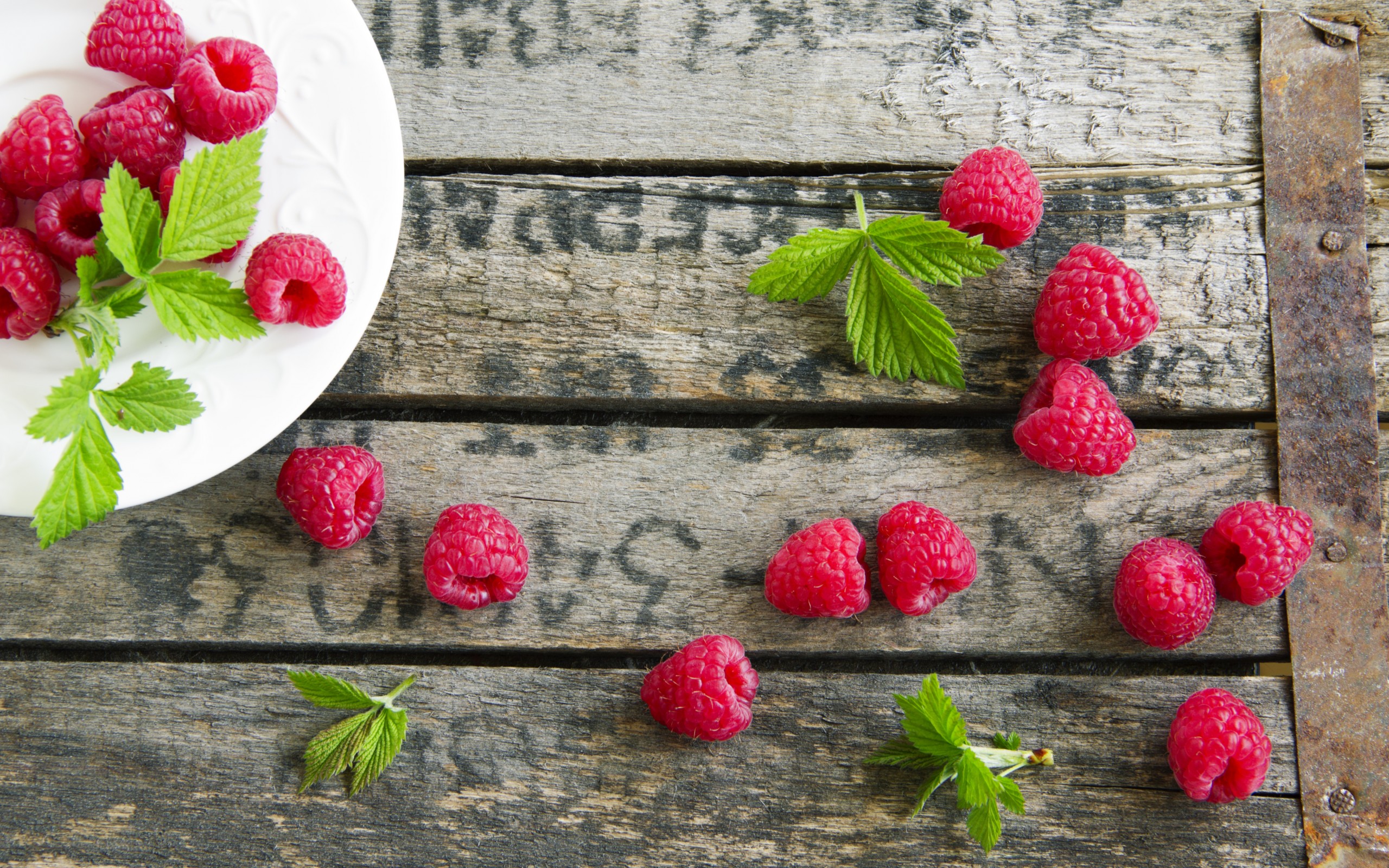


2 comments